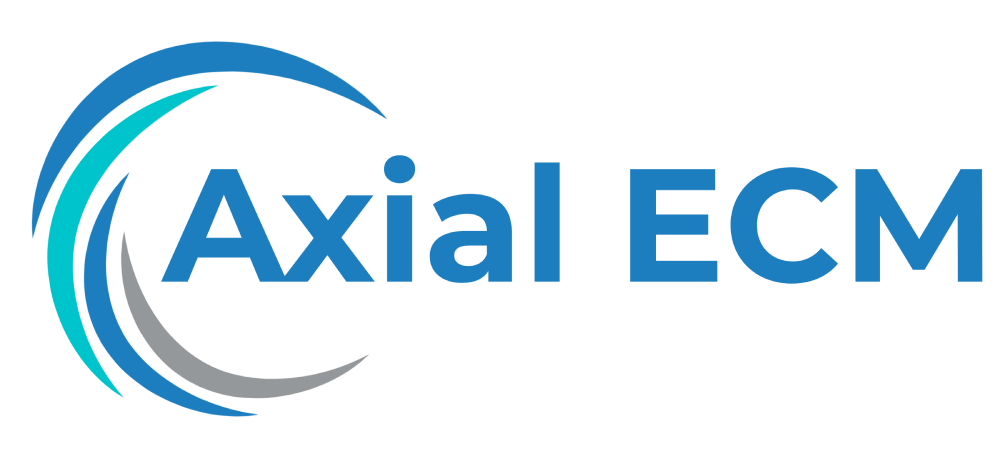ECM for Specific Industries: Tailoring ECM solutions for industries like healthcare, finance, education, etc.
ECM in Aviation: Ensuring Compliance and Safety Documentation
In the complex and highly regulated aviation industry, it is crucial for organizations to have effective systems in place for managing compliance and safety documentation. This is where Enterprise Content Management (ECM) solutions play a vital role. ECM systems can streamline processes, enhance collaboration, and ensure that all necessary documentation is version-controlled, securely stored, and easily accessible.
The Importance of Compliance and Safety Documentation
Compliance and safety documentation is essential in the aviation industry for several reasons. Firstly, aviation authorities, such as the Federal Aviation Administration (FAA) in the United States, impose strict regulations to ensure safe operations. Compliance with these regulations is crucial for maintaining operational licenses and certifications.
Secondly, safety documentation provides crucial information for risk management and incident investigation. Accurate and up-to-date records of maintenance activities, inspections, and repairs are essential for identifying any potential safety issues and taking necessary corrective actions.
Lastly, compliance and safety documentation is also important for legal purposes. In case of accidents or incidents, organizations need to demonstrate adherence to regulations and best practices to protect themselves from legal liabilities and ensure fair settlements.
The Role of ECM in Aviation
ECM solutions are designed to manage the entire lifecycle of content, including creation, modification, review, approval, storage, and retrieval. In the aviation industry, ECM systems offer several key benefits:
1. Centralized Document Repository:
ECM platforms provide a centralized location for storing all compliance and safety documentation, including manuals, procedures, training materials, certificates, and regulations. This ensures that all employees have easy access to the latest versions of these documents, eliminating the risk of outdated or incorrect information being used.
2. Version Control:
With ECM systems, organizations can enforce version control and ensure that only the most recent version of documents is available to users. This prevents confusion and errors that can occur when multiple versions of documents are in circulation.
3. Document Collaboration:
Aviation organizations often have distributed teams working on different projects. ECM systems enable seamless collaboration by allowing users to work on documents simultaneously, track changes, and provide comments and feedback. This streamlines workflows and improves productivity.
4. Automated Workflow:
ECM systems can automate key processes such as document approval, review, and distribution. This reduces manual errors, ensures compliance with predefined workflows, and accelerates document turnaround time.
5. Enhanced Security:
Compliance and safety documentation in the aviation industry may contain sensitive information. ECM solutions offer robust security measures, including access controls, encryption, and audit trails, to protect against unauthorized access, data breaches, and tampering.
Choosing the Right ECM Solution
When selecting an ECM solution for aviation compliance and safety documentation, it is important to consider the following factors:
1. Industry-Specific Features:
Look for an ECM system that offers industry-specific functionalities and templates tailored to the aviation sector. These features can include regulatory compliance tracking, aviation-specific metadata fields, and integration with other aviation systems.
2. Scalability:
Choose an ECM solution that can accommodate the growth of your organization in terms of document volume and user base. Ensure that the system can handle large file sizes, provide fast search capabilities, and support high concurrency.
3. Integration Capabilities:
Aviation organizations rely on multiple systems, such as maintenance management systems and flight operation software. Select an ECM solution that can seamlessly integrate with these existing systems to avoid duplicate data entry and ensure consistency across platforms.
4. Compliance with Regulations:
Ensure that the ECM solution complies with relevant aviation regulations and industry standards, such as FAA guidelines and ISO 9001.
5. User-Friendly Interface:
An intuitive and user-friendly interface is essential for user adoption and productivity. Choose an ECM system that provides a modern and customizable interface, with features such as advanced search capabilities, notifications, and mobile access.
Conclusion
ECM solutions offer significant benefits to the aviation industry by ensuring compliance and safety documentation is effectively managed. By implementing an industry-specific ECM system, aviation organizations can streamline processes, enhance collaboration, and reduce the risk of compliance and safety issues. Choosing the right ECM solution is crucial for maximizing these benefits and ensuring a secure and efficient document management environment.
